5 Types of Home Gardens | Vertical gardens, in pots, mini-garden
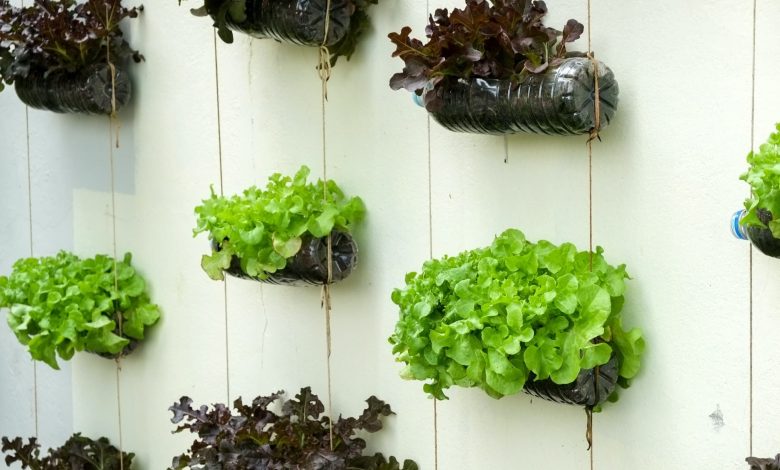
Today we will see what are the types of urban gardens or home gardens that we can set up at home or in the garden.
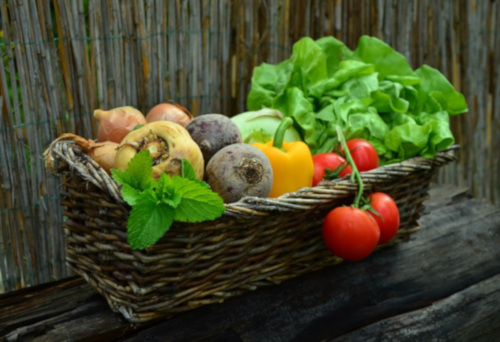
We have talked a lot about the benefits of urban gardens, how to set up a garden at home and the techniques and tricks regarding its management, the treatment of pests and diseases, etc. But perhaps a general post was needed to help us decide what type of orchard is ideal in each case.
Today we will make a general classification of orchards and we will link links that link to the most useful articles when starting your urban garden. I hope to get it!
Classification of urban gardens
There is no single classification of orchards, but it is possible to try to differentiate various types of urban orchards according to the characteristics that are taken into account, such as:
- Culture containers or supports.
- The type of substrate.
- The types of techniques or treatments.
- The irrigation system.
- The purpose of the garden.
1. Types of orchards according to the cultivation container
- Gardens in the ground: if you have a garden or a small space of land at the entrance or in the backyard of your house, this is a good option. You can plant your vegetables directly at ground level or install bacales so that the garden has a little more height. If you have enough space, do not rule out installing hedges in the garden, they have many advantages in the garden.
- Garden in pots: a «plant garden» on the terrace or balcony of your house is a perfect solution if you do not have much space. (You can take a look at the section “How to make a flowerpot” on the Agrohuerto TV channel on YouTube).
- Garden on growing tables: both on a terrace, in a garden, on a roof terrace or on a patio, growing tables can come in handy if what you want is to have the orchard at a higher height. There are different heights, and if you grow like this you won’t have to bend down to do the work in the garden, so they are highly recommended for people in wheelchairs or the elderly.
- Vertical gardens: the vertical garden is one of the most fashionable decorative gardens. Use containers to establish the garden on the walls and, many times, special substrates. You have more information in the post on how to grow vertical gardens.
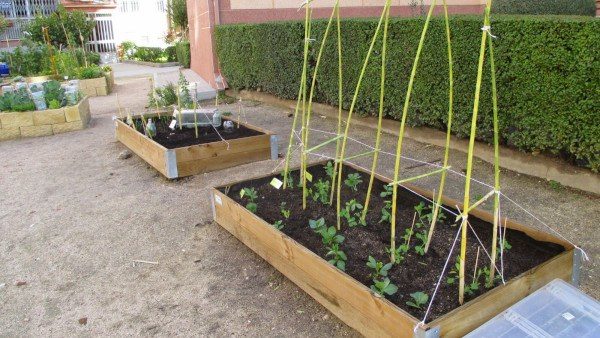
You can see more ideas about supports for your garden in the post: Cultivation containers for the urban garden.
2. Types of orchards according to the substrate
The substrate is the medium in which the roots of your plants will develop, that is, where they «eat and drink», so it is one of the most important aspects. You can cultivate your garden:
- Using the land of your garden as a substrate. You will have to make sure that it is good enough and, if it is poor soil, use a fertilizer or manure that enriches it enough, such as compost.
- Adding a commercial substrate to your beds, cultivation tables or pots. Buy it at a garden store or other specialty store. You have more information about different types of substrates in the post: The ideal substrate, the importance of your choice.
- With a hydroponic substrate, a mixture of water with nutrients dissolved in an inert medium (gravel, perlite…) or organic where the roots grow.
- Using an aquaponic substrate. Aquaponics is a super innovative technique that uses FISH to fertilize a kind of hydroponic substrate from which plants feed.
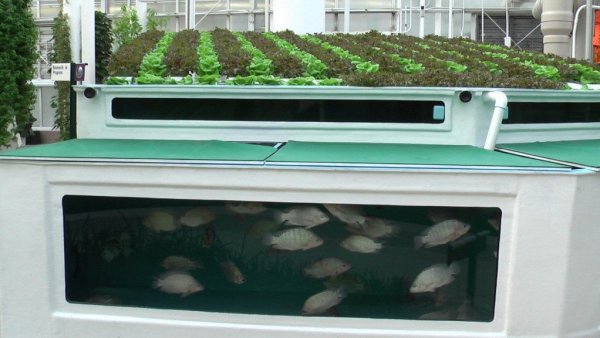
3. Types of orchards according to cultivation techniques
- Gardens cultivated according to «traditional agriculture»: there are no objections to the use of chemical fertilizers or insecticides, so I am not going to stop to talk too much about them because at Agrohuerto we want to promote the sustainability of the planet and the protection of the environment and health thanks to agroecology.
- Gardens that follow agro-ecological techniques: the most common and well-known are organic gardens, but you can also opt for other currents such as Regenerative Agriculture, Permaculture, Biodynamic Agriculture, or Natural Agriculture.
4. Types of orchards according to the irrigation system
It is very important to plan irrigation well and choose the best method taking into account the time you have, the size of your garden, the available water… We have published several posts that will help you clarify this issue. You can choose a garden with:
- Manual irrigation: water manually with a watering can or hose (although this is not recommended if your garden is medium-sized) or choose furrow irrigation, as Sandra did in her garden.
- Automatic irrigation: micro- sprinkler irrigation, drip irrigation and exuding tape irrigation are the most efficient (and therefore “greener”) because less water is wasted.
5. Classification of urban gardens according to their objectives
School gardens, therapeutic gardens, community gardens, decorative gardens … You can see more details about this classification of gardens in the post we published a few months ago 7 types of urban gardens.
I hope this article has been useful to you. If you have any questions or queries you can leave a comment.
References
- Bueno, M., 2002. The organic family garden. RBA Books.
- Ecologists in Action, 2009. Small manual of cultivation on rooftops. Ed.: Ecologists in Action of Las Palmas de Gran Canaria and Social Work of the Caja de Canarias.
- FAO, 2003. Technical Manual: The Popular Hydroponic Garden. Audiovisual Course. FAO Regional Office for Latin America and the Caribbean
- Gutiérrez Abaunza, FD, 2019. Urban gardens, a second alternative. B33 Architecture Magazine, nº 4 (2019): Urban Studies.

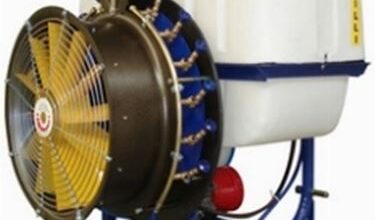
![Photo of Cuttings of Drácena Marginata in Water: [Concept, Time, Rooting and Planting]](https://www.complete-gardening.com/wp-content/uploads/2022/08/cuttings-of-dracena-marginata-in-water-concept-time-rooting-and-planting-390x220.jpg)
![Photo of Carnation Cuttings in Water: [Concept, Period, Rooting and Planting]](https://www.complete-gardening.com/wp-content/uploads/2022/08/carnation-cuttings-in-water-concept-period-rooting-and-planting-390x220.jpg)
![Photo of Plusia or Green Worm: [Characteristics, Detection, Effects and Treatment]](https://www.complete-gardening.com/wp-content/uploads/2022/08/plusia-or-green-worm-characteristics-detection-effects-and-treatment.jpg)